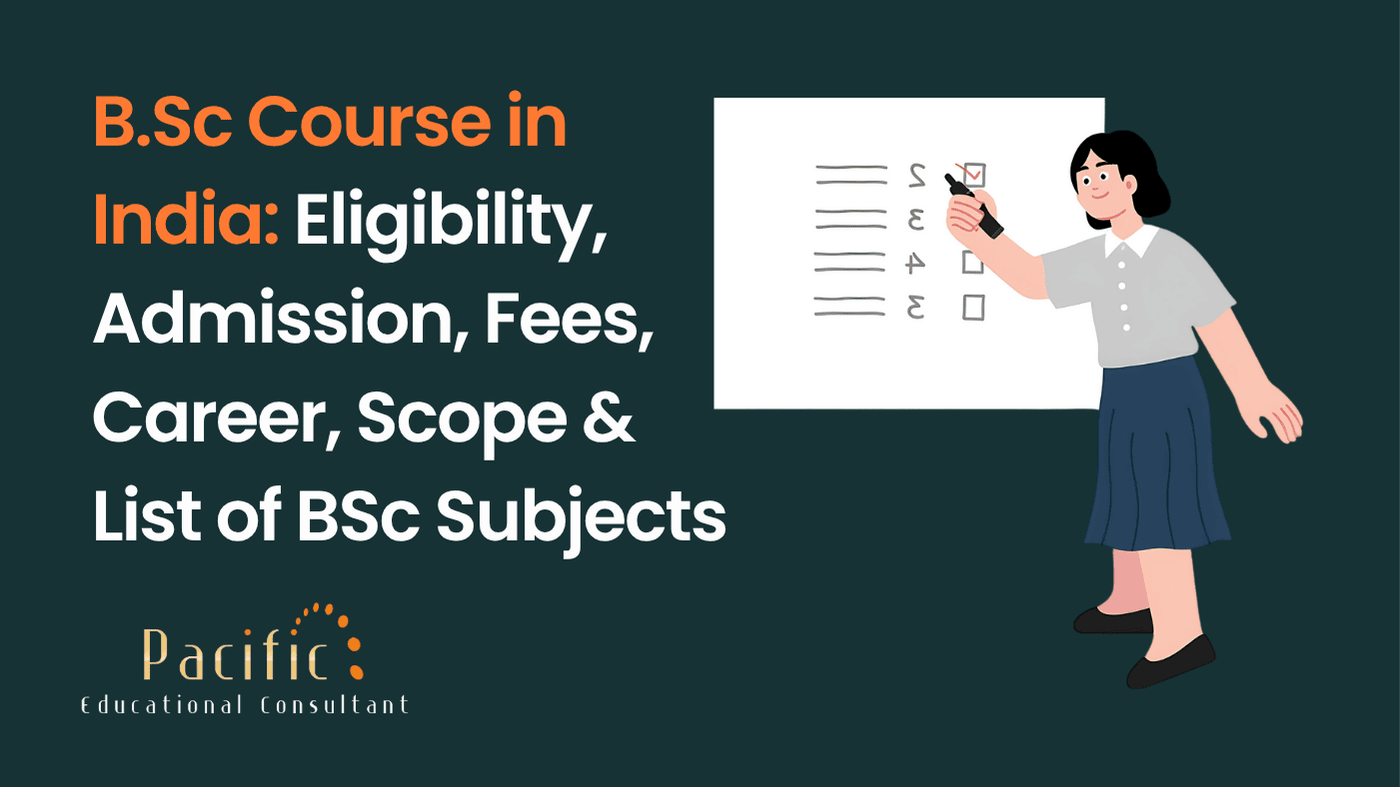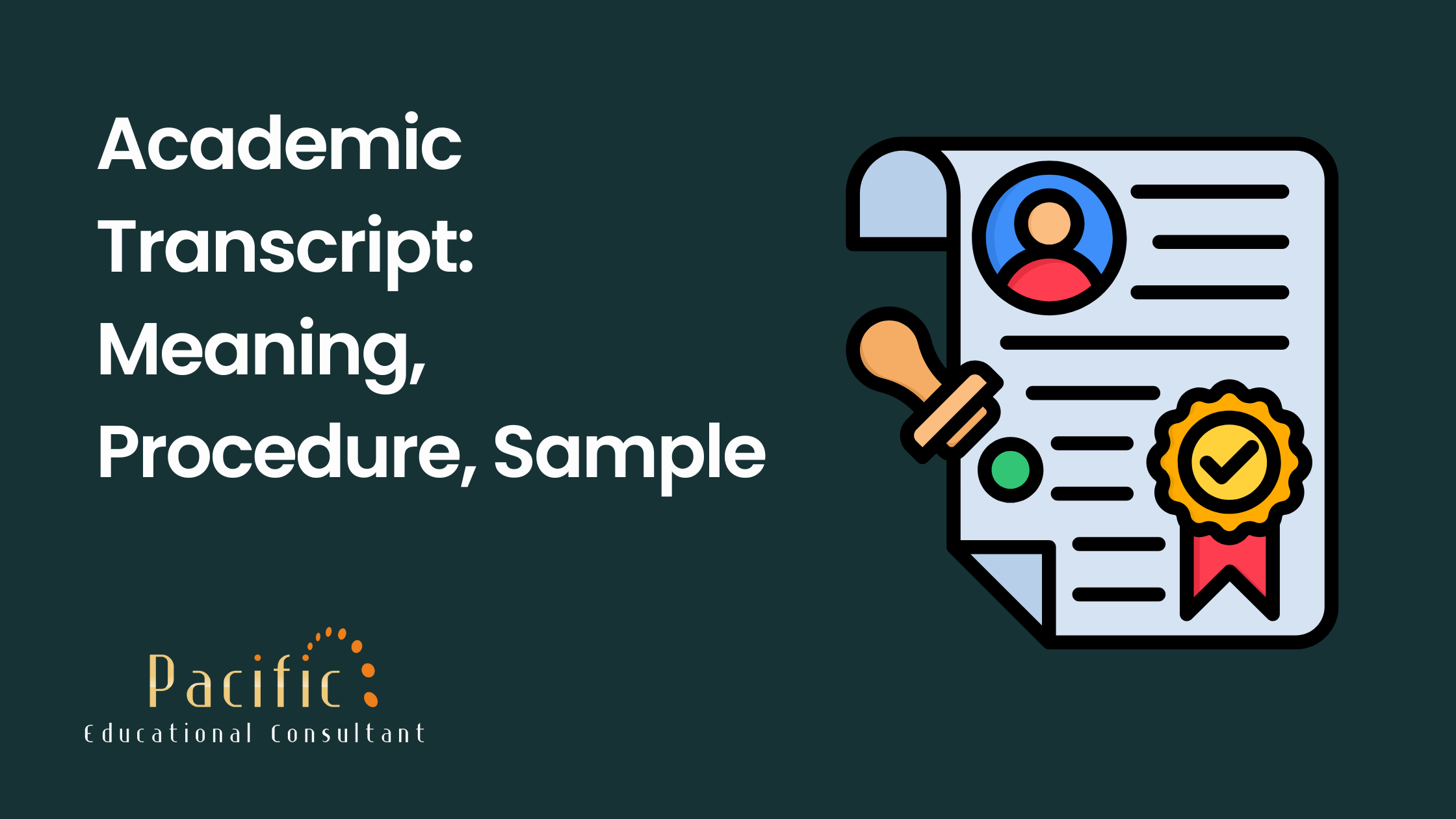


If you're aiming to ace the Duolingo English Test, you're not alone—and you’re definitely not the first to be surprised by how sneaky this test can be! Whether you're applying to universities, seeking a visa, or proving proficiency for work, your score matters. But don’t worry: with a little prep and a few strategic moves, you can boost your score without breaking a sweat (well, maybe just a little).
So buckle up and get ready—we’re diving into the top 10 actionable tips that’ll help you crush the Duolingo English Test.
Let’s start with the harsh truth: Duolingo’s test is not designed to be easy. In fact, it throws subtle curveballs to test your language instincts. A wrong plural here, a misplaced verb there—blink and you’ll miss it.
👉 Pro tip: Read every option slowly and carefully. Many questions contain words that look right but sound slightly off when spoken aloud. That’s your red flag.
Yes, it’s adaptive. That means if you’re answering correctly, the test gets harder. If you’re making mistakes, it gets easier. But here’s the catch—you won’t even notice the shift.
This system helps Duolingo gauge your actual level quickly, but it can feel like a rollercoaster. Stay calm, stay focused, and remember: a sudden jump in difficulty is a good sign. You’re crushing it!
There’s a timer, and it’s not just there for decoration.
For both speaking and writing, Duolingo expects a certain amount of content. Short answers may seem efficient, but they cost you points—big time.
🎯 Aim for the full time: Speak confidently, and if you finish your thought early, add a follow-up idea. Writing? Expand your point with an example or two.
Your grammar, spelling, and punctuation are under the microscope. You don’t get a second chance once you hit submit.
So, what should you do? Leave the last 10–15 seconds to give your response a once-over. Look for:
Subject-verb agreement
Misspelled words
Punctuation slip-ups
It’s the small stuff that separates a 110 from a 125.
This test is proctored, and it’s stricter than your average online quiz. Duolingo uses AI and human reviewers to scan your behavior.
📸 If someone walks in the room or your little sibling yells in the background, your test could get invalidated.
Set boundaries before the test: lock the door, put up a sign, and tell everyone you're off-limits for the next hour.
This one seems easy… until your cat jumps on your keyboard or your phone buzzes. Don’t do it.
Looking away can be flagged as suspicious. Even a glance down could lead to your test being reviewed—or worse, voided.
💡 Hack: Turn off all notifications and put everything—yes, even snacks—out of reach before starting.
Imagine answering everything perfectly, only for your test to crash. Nightmare, right?
Duolingo recommends at least 2 Mbps upload/download speed. Do a speed test beforehand, and if your Wi-Fi is shaky, try:
Connecting via Ethernet
Asking others to stay offline while you test
Using a hotspot as a backupBonus tip: Restart your modem an hour before the test.
The mic test at the beginning? It’s not just a formality.
Muffled audio or background noise can obliterate your speaking score. If the AI can’t understand you, it assumes the worst.
🎙️ Use a good-quality microphone (even your phone earbuds are better than laptop mics) and choose a quiet space.
This one’s new-ish and sneaky.
The test now includes Interactive Listening, where you listen to a dialogue and then answer a “Summarize the Conversation” question.
🚨 Warning: Once you move to the summary, you cannot go back.
So before clicking forward, read every line of the conversation again. Jot down key ideas like:
Who are the speakers?
What’s the problem/conflict?
What solution do they discuss?
Your summary will be stronger—and so will your score.
Let’s talk scores. Duolingo breaks them down into:
Literacy
Comprehension
Conversation
Production
Production is the beast. It includes writing and speaking, and it’s usually the lowest score for most test-takers. The catch? It's also the hardest to fake.
✍️ Spend extra time writing responses and practicing your speaking out loud. Describe your day, argue a random topic, or even narrate what you’re doing. The more natural it feels, the better you'll perform.

Describe a photo you took that you are proud of - IELTS Cue Card

Describe a time when you made a plan to do an activity with a lot of people - IELTS Cue Card

B.Sc Course in India: Eligibility, Admission, Fees, Career, Scope & List of BSc Subjects

Describe a beautiful sky you enjoyed seeing - IELTS Cue Card

UK Student Visa Maintenance Requirements & Graduate Route (PGWP) Changes — Key Updates 2025–2027

Describe an article on health you read in a magazine or on the Internet - IELTS Cue Card

TOEFL Exam Pattern, Syllabus, Test Dates, Schedule, Marks and Grades Explained

MBBS in Australia for Indian Students : Cost, Eligibility, Universities & Career Scope

Describe an intelligent person you know - IELTS Cue Card

Academic Transcript: Meaning, Procedure, Sample & Why It Matters for Students